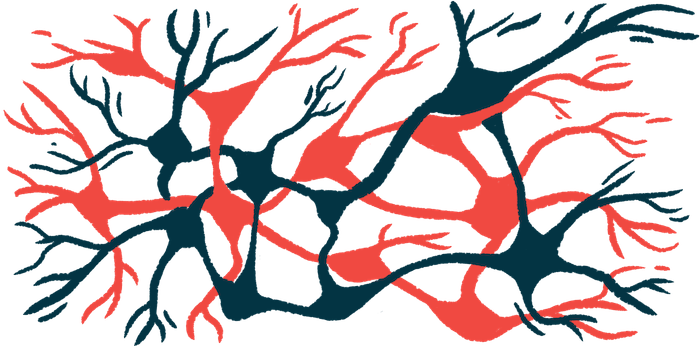Study suggests cell communication leads to weak bones in SMA
Treatments could target bone cell communication, researchers say
Written by |

Mutations that cause spinal muscular atrophy (SMA) may trigger problems with how bone cells communicate, leading to abnormally weakened bones, according to a study done in mice and cells.
The findings suggest that treatments aiming to normalize bone cell communication could help improve bone health in SMA patients, researchers said.
The study, “Loss of SMN Impairs Osteoblast–Osteoclast Coupling via IGF1–Akt–OPG Axis in Spinal Muscular Atrophy,” was published in The FASEB Journal.
SMA is caused mainly by mutations in the SMN1 gene, which provides instructions for making a protein called SMN that is key for the survival of nerve cells that control movement. Due to these mutations, people with SMA produce little to no healthy SMN protein. Without this protein, these nerve cells sicken and die, leading to SMA symptoms like muscle weakness and wasting.
Bone problems, such as abnormally weak bones, are common in people with SMA. This can be attributed to some extent to factors such as reduced mobility; however, there’s also evidence that the lack of SMN protein may directly lead to problems in bone development. Scientists in China conducted a battery of experiments in a mouse model of SMA to see how SMN protein deficiency affects bone growth.
How bone mass is maintained
Bone growth is controlled mainly by two types of cells: osteoblasts, which are responsible for making new bone, and osteoclasts, which break down bone that is old or unneeded. Normally, osteoblasts and osteoclasts work together in a careful balance, resulting in osteoblast differentiation into new bone and regulation of osteoclast activity.
“The maintenance of bone mass is intricately tied to the dynamic equilibrium between bone formation and bone resorption, and this process is regulated by osteoblasts and osteoclasts,” the researchers wrote.
They found that when these bone cells lack SMN protein, their communication gets disrupted, and osteoblasts lacking SMN produce less of a signaling molecule called osteoprotegerin (OPG). Under normal circumstances, OPG inhibits differentiation and activation of osteoclasts, so when OPG levels are reduced, osteoclasts become more active than they should be. The end result is that too much bone is being broken down and not enough new bone is being made, ultimately leading to weak, fragile bones.
“Our study provided detailed insights into increased osteoclast activity and loss of bone mass in SMA mice,” the researchers wrote. “These findings provide a novel target in osteoblasts for therapeutic interventions against skeletal complications to enhance quality of life and to establish more effective standards of multidisciplinary management for SMA patients.”
A notable limitation of the study was that the researchers only used male mice for their experiments. Estrogen, a hormone that fluctuates over time during reproductive cycles in female mice, can substantially affect bone growth, so the investigators used only male mice to reduce the potential confounding effects of estrogen fluctuations. But that means it’s not clear whether these findings also apply to females, so the researchers stressed the need for additional studies.
“As both male and female patients are affected by SMA, future studies should include both sexes to explore potential sex-specific mechanisms in SMN-related bone pathology [disease],” the researchers wrote.







